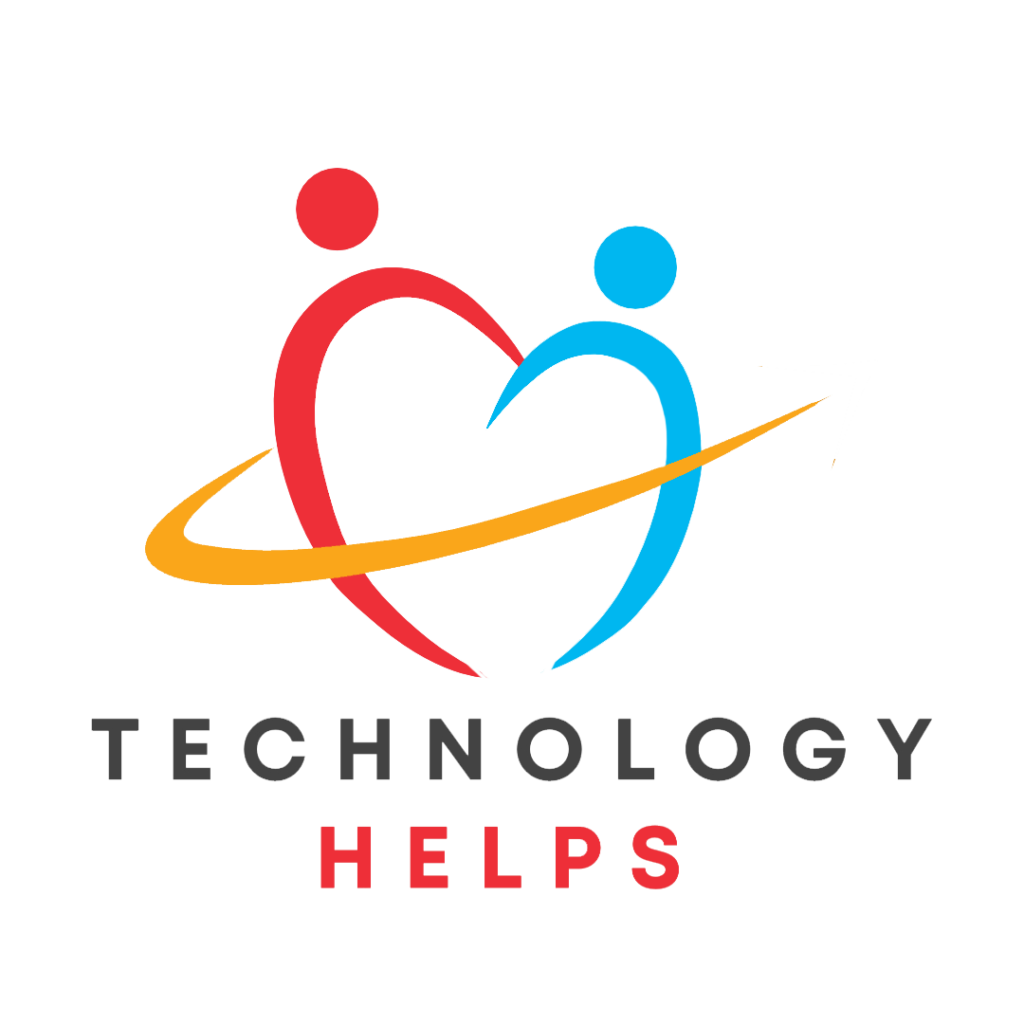Non-profits and charities face enormous pressure
Charities are experiencing significant, broad-based declines in revenue. At the onset of the 2020 global pandemic, many began projecting expected revenue decreases as high as 50 per cent. Nearly three-quarters of charities report a significant drop in donations. Overall decline is larger than during the 2008/2009 recession. Fundraising totals have dropped as much as 85 per cent. At the same time, many organizations report a 73 per cent increase in demand for their services. Over half of non-profits have reduced their staff hours and 39 per cent have seen temporary or permanent closure.
These factors make it increasingly difficult for organizations to access and maintain the technology needed to do their work. At the same time, it’s needed more than ever.
Non-profits and charitable institutions are vital forces in our society
The importance of charities and nonprofits cannot be overstated. Besides helping direct billions of dollars annually towards society’s most vulnerable—up to $18 billion based on charitable receipt statistics—the sector employs approximately two million people. Their work also relies on over 13 million volunteers, ultimately contributing over eight per cent of Canada’s gross domestic product, more than the retail sector. Despite this, access to sufficient technology and training is far less than other sectors.
Technology is more than just hardware
Our definition of “technology” encapsulates technology, the capacity to effectively use it, technology literacy, data privacy, accountability, audience reach and the effective use of data for organizational decision making. Modern non-profit organizations need to engage donors and stakeholders. They need to empower employees, optimize operations, ensure security and compliance, and innovate for maximum impact. Technology is vital to those tasks.
Many organizations are trapped in the “technology poverty cycle”
It’s a vicious cycle. The financial resources available to maintain up-to-date, sufficient technology in the for-profit sector rarely exist for non-profits and charities. In real life, this means working with aging equipment, insufficient IT infrastructure and minimal staff training on technology use, upkeep and internet security.
This hampers an organization’s ability to achieve their mandate, which in turn reduces beneficial community impact. With effectiveness restricted, difficulty obtaining the financial resources to update technology, plan for its inevitable obsolescence, and guard against cybercrime becomes an unending cycle that holds them back.
Breaking this cycle—through public advocacy, consultation, planning, budget-sourcing assistance and managed IT help desk support—is our major focus.


We help break the cycle and remove obstacles that prevent success
For many not-for-profit or charitable organizations, helping their community means first clearing many hurdles. Out-of-date technology, old methods, a lack of IT knowledge and budgetary constraints restrict an organization’s ability to do their daily work. Often, it also leaves them vulnerable to cyberattacks.
Whether it’s keeping their technology up and running, planning against inevitable hardware obsolescence, educating to remove bad practices, implementing security programs, or helping obtain resources and funding, we study the not-for-profit sector’s unique needs and look for innovative ways to help.


